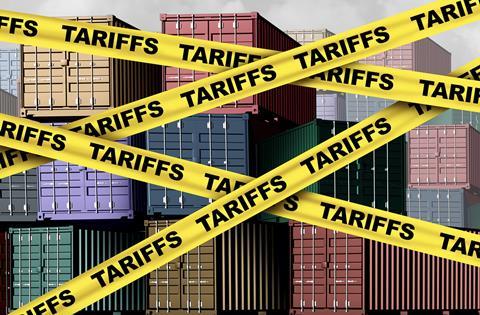South African fresh produce exporters who market their fruit in the US say it is not merely a case of shifting produce from one market to another to deal with looming US tariffs

South African fruit exporters that market their fruit in the US have a difficult few months ahead, as uncertainty over US president Donald Trump’s trade tariffs continues.
Industry leaders have said that the South African fruit sector now has three months to put its case to Washington, particularly when it comes to citrus.
If tariffs on South African citrus are raised to 30 per cent in early July, as was the original idea of the Trump administration, it could be a mortal blow for the country’s growers and exporters.
Industry leaders pointed out that it was not merely a matter of shifting fruit from one marketing region to another.
“We need the full range of our marketing regions to be successful,” said Sati’s chairperson Alwyn Dippenaar.
“That is why we have to fight to retain our existing markets while also entering new markets, and in doing so, grow our participation in the South African economy and creating jobs in our country.”
South African observers say that they also face high tariffs in the markets of the East.
“It varies between 20 per cent and 30 per cent, with some even higher,” exporters noted. “We often hear that we must find new markets to replace the US, but it is not as simple as that.”
For the South African citrus sector, the uncertainty comes at a difficult time.
“We frankly do not know what the situation will be after the present Trump 90-day pause on new tariffs will transpire,” one observer said.
”By that time the first major shipments of the season, based on past history, would normally start to arrive in US ports – which is before the end of June.”
It seems that most in the South African fruit sector have accepted that the tariff free advantages they had under AGOA have gone.
“At best we can possibly hope for a 10 per cent import tariff – which we will have to live with,” said one exporter.
”As we understand it, the announced 30 per cent tariffs imposed on South Africa have been reduced to 10 per cent for this 90-day period.
”If we end up with 10 per cent at the end of this after 90 days, that will be case for the future,” they added.
South Africa said that at worst it would like to see equal import tariff rates in the US to those levied on its major competitors, Chile and Peru.
The sector started packing for the US market last week and most early shipments are in containers.
The coordinated citrus industry conventional shipping programme normally starts around 20 May, with the first major arrival before the end of June.
Thereafter there should be regular conventional and container shipments till the end of the season in October.



